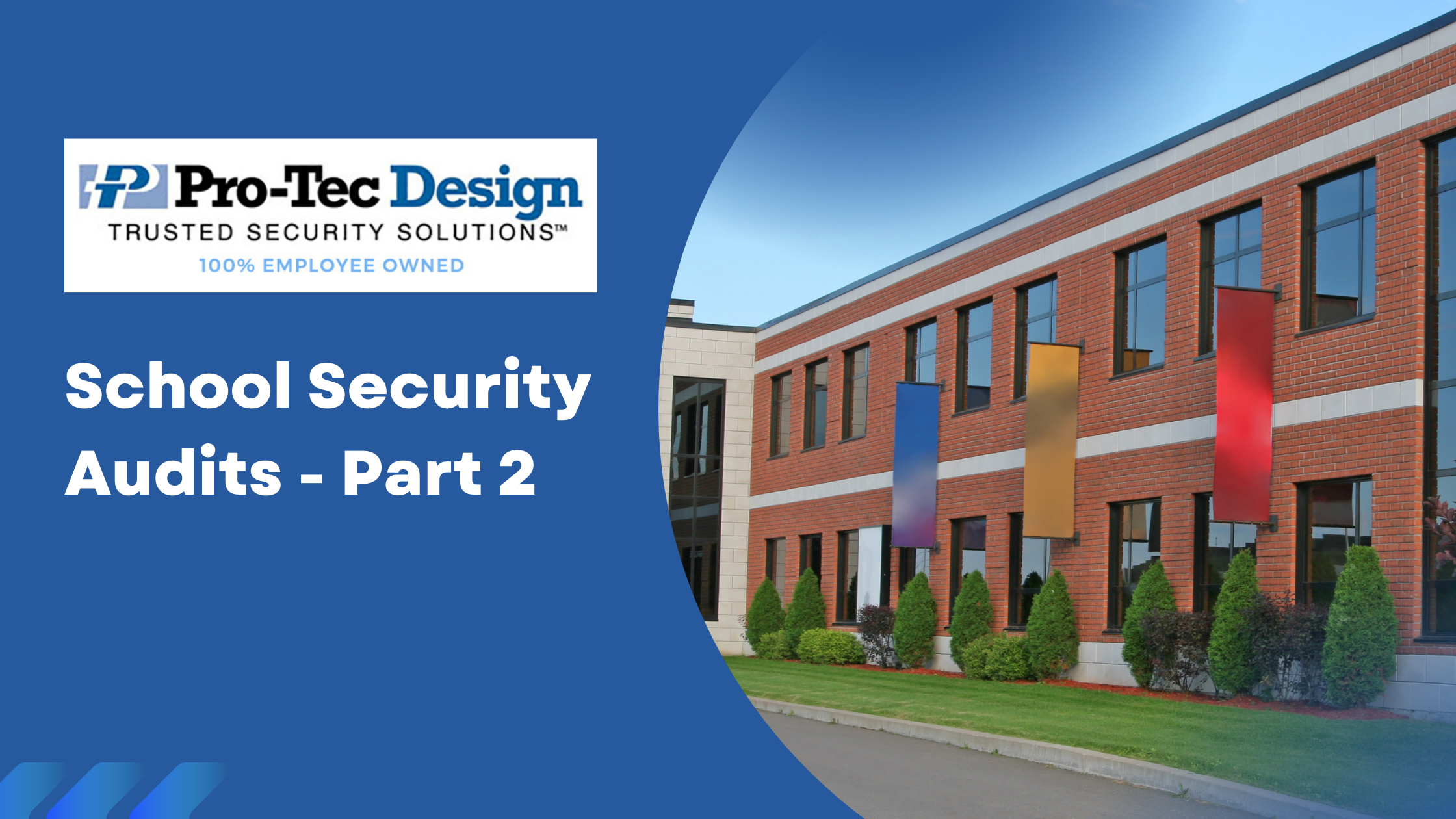In Part 1 of this series, we discussed the preparation and execution of the school audit. In Part 2 we will discuss what happens after the audit.
Post-Audit Review and Action
Once the audit is complete and the integrator’s findings have been discussed with the stakeholders, it’s time to design a solution around the risks at the location.
The integrator will engineer one or more systems that can stand alone or be integrated into a unified solution. This solution will meet as many expectations of the stakeholders as possible from budget to post-incident investigation capability, to resource officer use to monitor hot spots around the school.
Demonstration of technology and vetting of manufacturers’ solutions is critical. While the integrator will recommend the technologies to be deployed, it’s important that everyone who wants to see the solution in action gets a chance to do so before purchase and installation. The IT department will need to evauate actual bandwidth usage in your facility. The school resource officer may want to see how the proposed mobile app works on her phone while she’s monitoring the cafeteria. The principal and vice principals will want to see how easy it is to review and export video clips to be used for discussions with parents and interactions with law enforcement.
Once the technologies have been test-driven, it’s time to finalize the proposal for installation. This may be a one-time project or may involve the implementation of technologies over a longer timeline. Planning for installation can include consideration of weekends, holidays, and scheduled breaks as ideal times to disrupt ceilings and bloc hallways. The goal is to implement the technology without disrupting your priary focus: education of students.
Once the system is installed and operating, it’s important to review the expectations of the solution and ensure the system delivered is as planned. Once “signed off” the system now moves into service and maintenance mode. Scheduled routine maintenance will be required for nearly every security system. Modern systems require firmware updates for peripheral devices like cameras and access control card readers. Software needs to be updated to deliver new feature sets and ensure cyber security vulnerabilities are reduced or eliminated. And of course, there will be phase two, three, and four of the initial plan or upgrades that are determined by ongoing annual audits designed to uncover new vulnerabilities and apply modern technologies to new and old challenges.
Schedule your complimentary, comprehensive audit
For 50 years, Pro-Tec Design has been consulting, designing, installing, and maintaining security solutions for large and small K-12 school districts, higher education campuses, and other scholastic organizations. We protect people, data, and assets, ensuring learning continuity.
Allow Pro-Tec Design to engineer a customized solution to support your education system’s unique operations and security needs.
Contact our team today to get started with a focus on partial or complete implementation.
